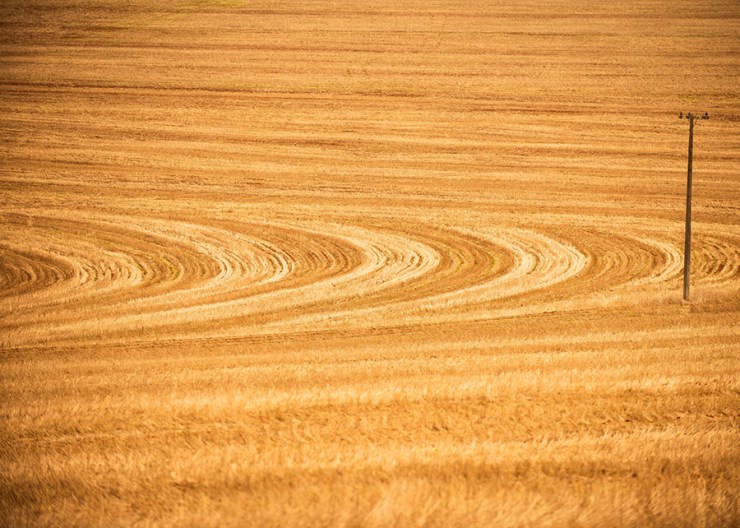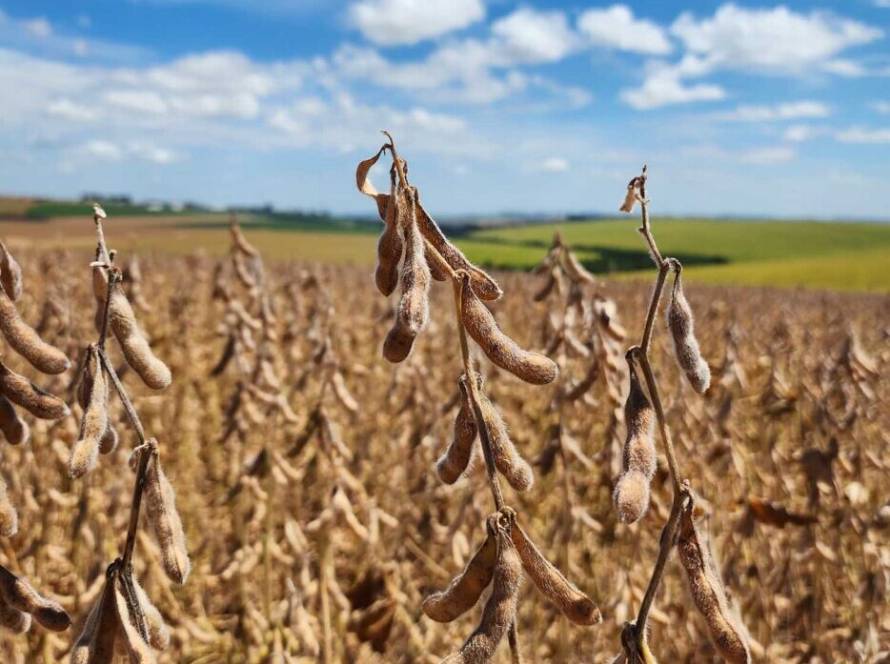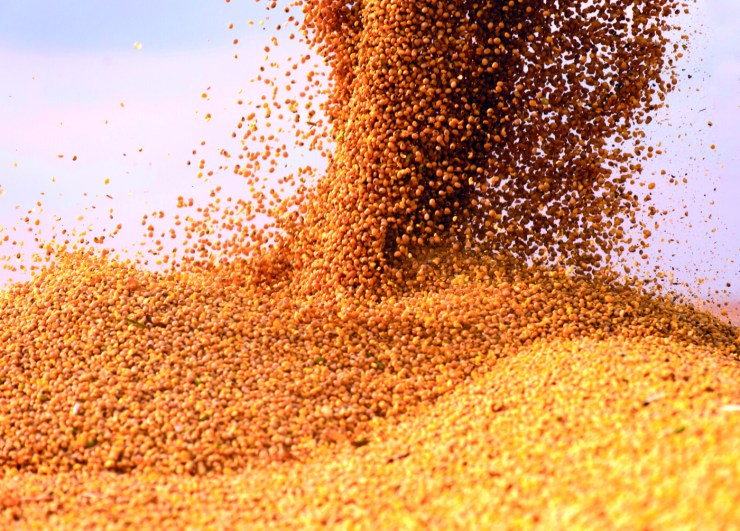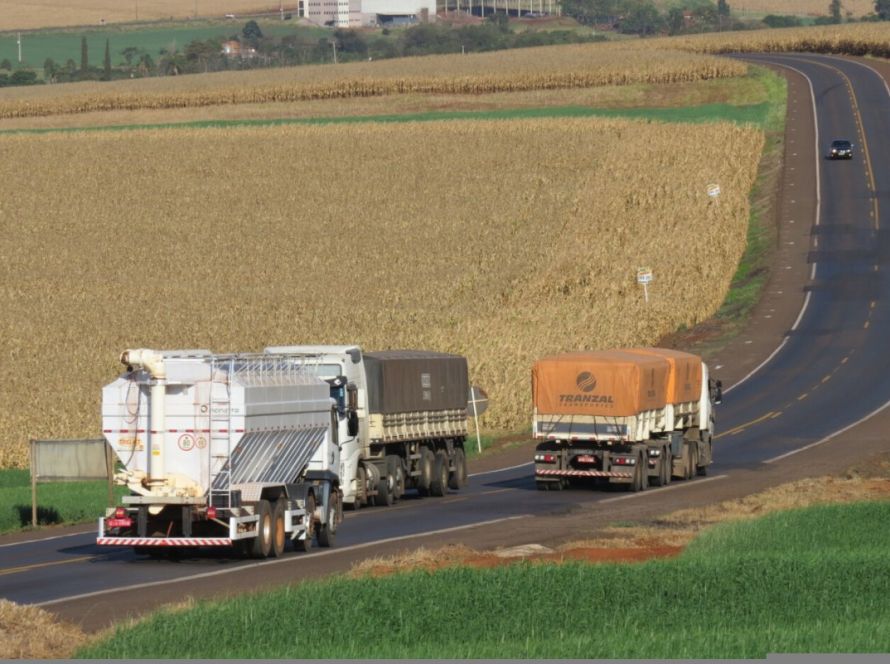Fifty years ago, on July 18, 1975, one of the worst frosts ever recorded in the state devastated coffee plantations and changed Paraná's agricultural landscape. From that point on, soybean and other grain crops grew, horticulture grew as a commercial asset, and the animal protein supply chains, particularly poultry and pig farming, modernized. "The diversification of crops was an important event I witnessed," said Eugênio Stefanelo, who at that time was the director of the Department of Rural Economy (Deral) of the Paraná State Secretariat of Agriculture and Supply (Seab). Later, in 1981, he would become secretary. Diversification continued, relying on coffee growers who continue production to this day, primarily of specialty coffees.
Stefanelo recalls that on the afternoon of July 17, 1975, Governor Jaime Canet Junior called Agriculture Secretary Paulo Carneiro, asking all Deral employees to be on standby, as intense cold was expected. Around 9 p.m., the governor questioned Stefanelo himself. "I'm sorry to say, but I believe that due to the rising temperatures, the coffee plantations will take a major hit," he replied.
The forecast was confirmed on the morning of the 18th, with estimates that at least 60% of the coffee plantations covering 1.8 million hectares had been destroyed. This marked the end of an economic cycle for the state. Paraná had become the leading coffee producer in the early 1960s, surpassing São Paulo with approximately 21.3 million bags, representing 64% of the national production.
In 1975, 10.2 million bags were harvested, representing almost 501 TP4T of national production. Immediately after the 1975 frost, the state maintained a significant share of production, reaching over 201 TP4T of the national harvest in the late 1980s, but never again held the leading position. In the 1990s, the average share was less than 101 TP4T, falling to less than 51 TP4T in the 2000s and less than 31 TP4T in the 2010s.
Current Affairs
Deral's estimate for the current harvest is 718,000 bags (43,100 tons), produced on 25,400 hectares, representing 1% of the national harvest. In relation to Paraná's Gross Production Value (GVP), the crop generated revenue of R$1.13 billion in 2024, equivalent to 0.6% of all revenue generated in the state.
The Northern Pioneer region is currently the state's largest coffee-producing region, boasting a Geographical Indication (GI) of origin for its coffee. The municipality of Carlópolis alone accounts for a quarter of the state's production, according to the 2024 VBP. Another GI was obtained by Café de Mandaguari, in the Northwest.
According to agronomist Carlos Hugo Godinho, a crop analyst at Deral, this year's harvest was marked by uniform flowering, which facilitates harvest progress. The dry weather of recent weeks also aids the work, and 57% of the crop has already been harvested. "Productivity in the most important regions is at a better level than in 2024, as is the quality of the product obtained," stated Godinho. "Despite the recent drop, prices remain profitable this season, indicating a possible maintenance of the area for the next harvest."
Exportation
As for exports from Paraná, they totaled 21.8 thousand tons of green coffee in 2024, an increase compared to 2023. However, the main export is soluble coffee, which totaled 33 thousand tons in 2024 and continues at a similar pace in this first half of the year.
Last year, coffee exports totaled US$1,500,000 in Paraná. In the first half of 2025, these figures reached US$1,500,000,000, higher than in the first half of 2024, despite lower shipments. "Better prices were responsible for this gain, but the current uncertainties surrounding tariffs imposed by the US government are a major concern regarding the continuation of this pace in the second half of the year," Godinho noted.
According to him, dependence on the commodities market is quite risky, especially for small properties, leading the remaining producers to seek alternatives. In the case of coffee, producing a higher-quality product is one of the paths taken.
According to the Paraná Coffee Chamber, specialty coffees produced in the state represent at least 10% of the total volume, and can reach close to 30% depending on harvest conditions. The Chamber, created by state law, is also one of the sponsors of the Paraná Quality Coffee Contest, which is in its 22nd edition this year, aiming to promote the continuous improvement of the product harvested in the state.
In addition to the competition initiative, the state provides technical assistance through the Paraná Rural Development Institute (IDR-Paraná), particularly through the "Women of Coffee" project. This project goes beyond production, adding value through direct sales of produce to the public.
This vertical integration has been another way for many producers to seek better income. Rural tourism initiatives are also being promoted. "Paraná coffees are increasingly seeking differentiation, as large-scale production is unlikely to return to being the norm for Paraná producers," concluded the Deral analyst.





